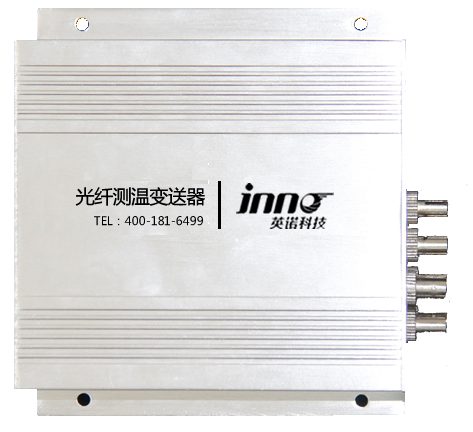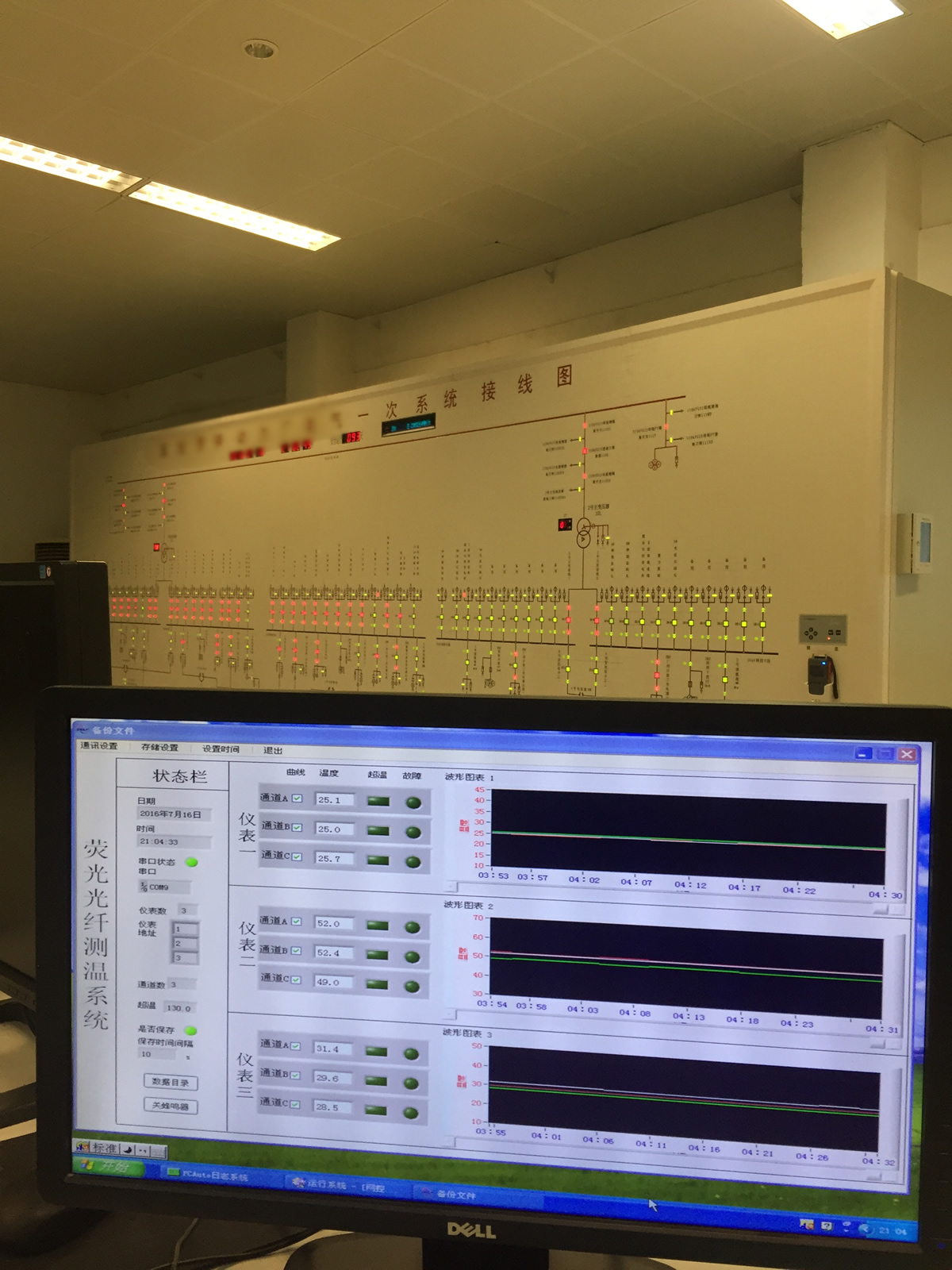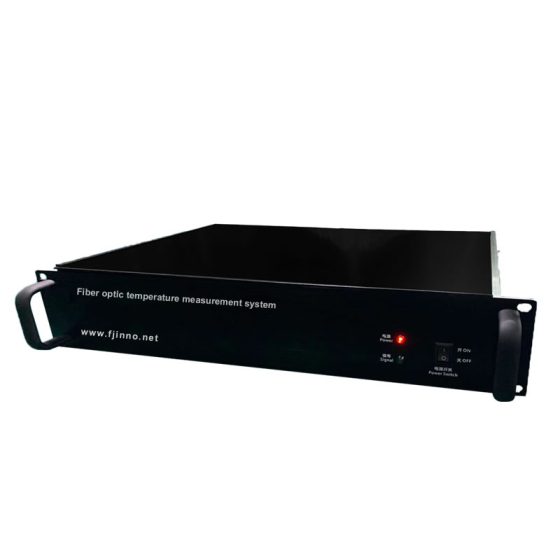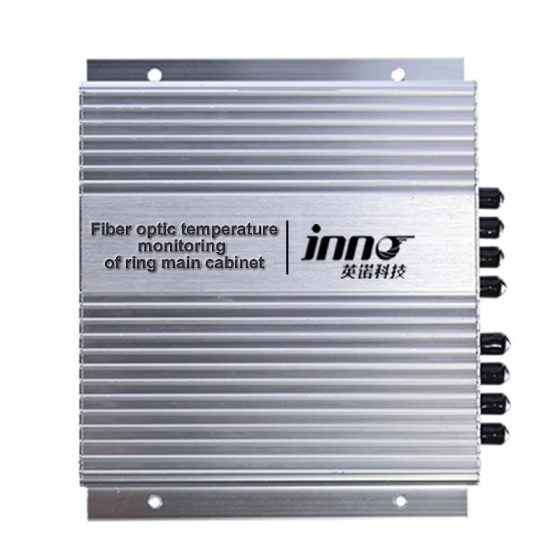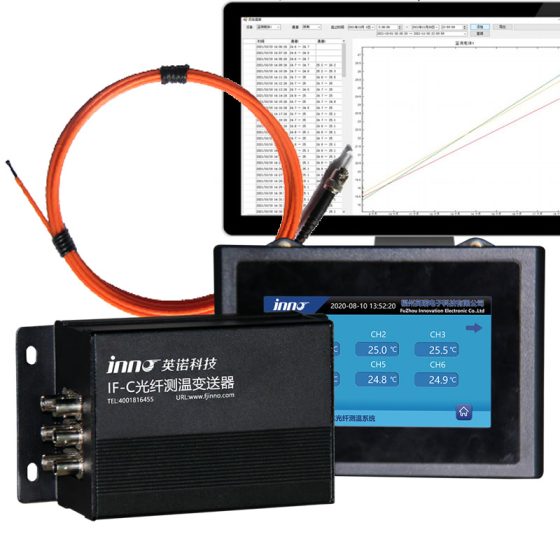Why do reactors need to use fluorescent fiber optic temperature measurement systems
When the reactor sends abnormal or faulty signals, the faulty area of the reactor heats up and the temperature rises. By monitoring the temperature, the operating status of the reactor can be determined, thereby achieving the goal of protecting the reactor. General temperature measurement devices cannot measure the internal temperature of reactors. To solve this problem, FJINNO’s fluorescent fiber optic temperature measurement system can solve it through its anti-interference and high-temperature and high-pressure resistance characteristics.
Introduction to Fiber Optic Temperature Measurement System for Reactors
The IF-DK series reactor optical fiber temperature measurement adopts a fluorescent optical fiber temperature measurement device. The sensing probe of this device is made of non-metallic material and quartz optical fiber, which has complete electrical insulation and is not affected by high voltage and strong electromagnetic fields. It is resistant to chemical corrosion and pollution, and has fast response speed, simple installation, and high temperature resistance. The backend software is used for real-time online monitoring. The system consists of three parts: a fluorescent fiber optic pūmana pāmahana, a fluorescent fiber optic probe, and fiber optic communication software.
| basic function (Conventional D-type) |
1. Three winding temperature measurement; Automatic/manual start/stop of cooling fan; Temperature display value compensation function for each channel 2. Provide black box function, which can record the temperature data of the last power outage and the highest historical temperature; 3. Digital tube display; 4. Provide transformer door cabinet point opening alarm function; 5. Provide 1 set of over temperature alarm contacts (1 normally open, 1 normally closed); 6. Provide 1 set of over temperature trip contacts (1 normally open, 1 normally closed); 7. Provide 1 set of fan remote transmission contacts (1 normally open, 1 normally closed); 8. Provide 1 set of temperature controller fault alarm contacts (1 normally open, 1 normally closed); |
| Customized features (Customizable for special needs) |
1. Provide 1 iron core temperature measurement and 2 iron core over temperature alarm contacts (1 normally open, 1 normally closed) (I function); 2. Provide RS485 communication function, communication with time markers, capable of receiving time synchronization, MODBUS-RTU protocol (F function); 3. Fan fault diagnosis function and provision of fan fault alarm contacts (L function); 4. Provide 4 independent 4-20mA analog current output functions (E function); 5. Provide temperature measurement and control for the entire computer room environment; (G function) 6. Alarm function for winding temperature rise rate and iron core temperature rise rate; 7. The communication protocol can adopt methods such as Profibus, IEC60870-5-103, Ethernet communication, ērā atu mea; |
On site case study of fluorescence fiber optic temperature measurement device
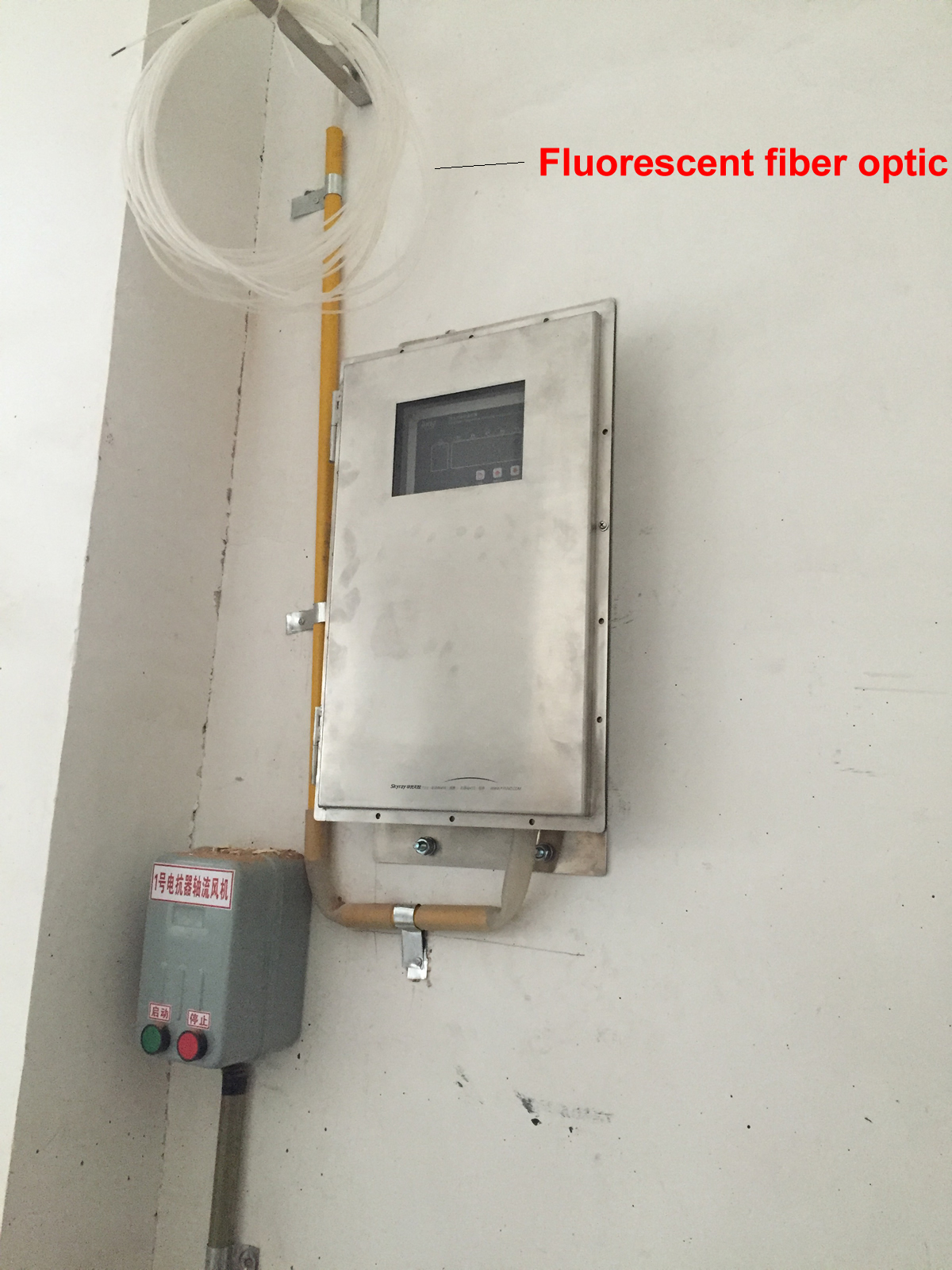 |

|
 Ngā pūoko pāmahana whakaata WEu INNO ,pūnaha aroturuki pāmahana.
Ngā pūoko pāmahana whakaata WEu INNO ,pūnaha aroturuki pāmahana.
